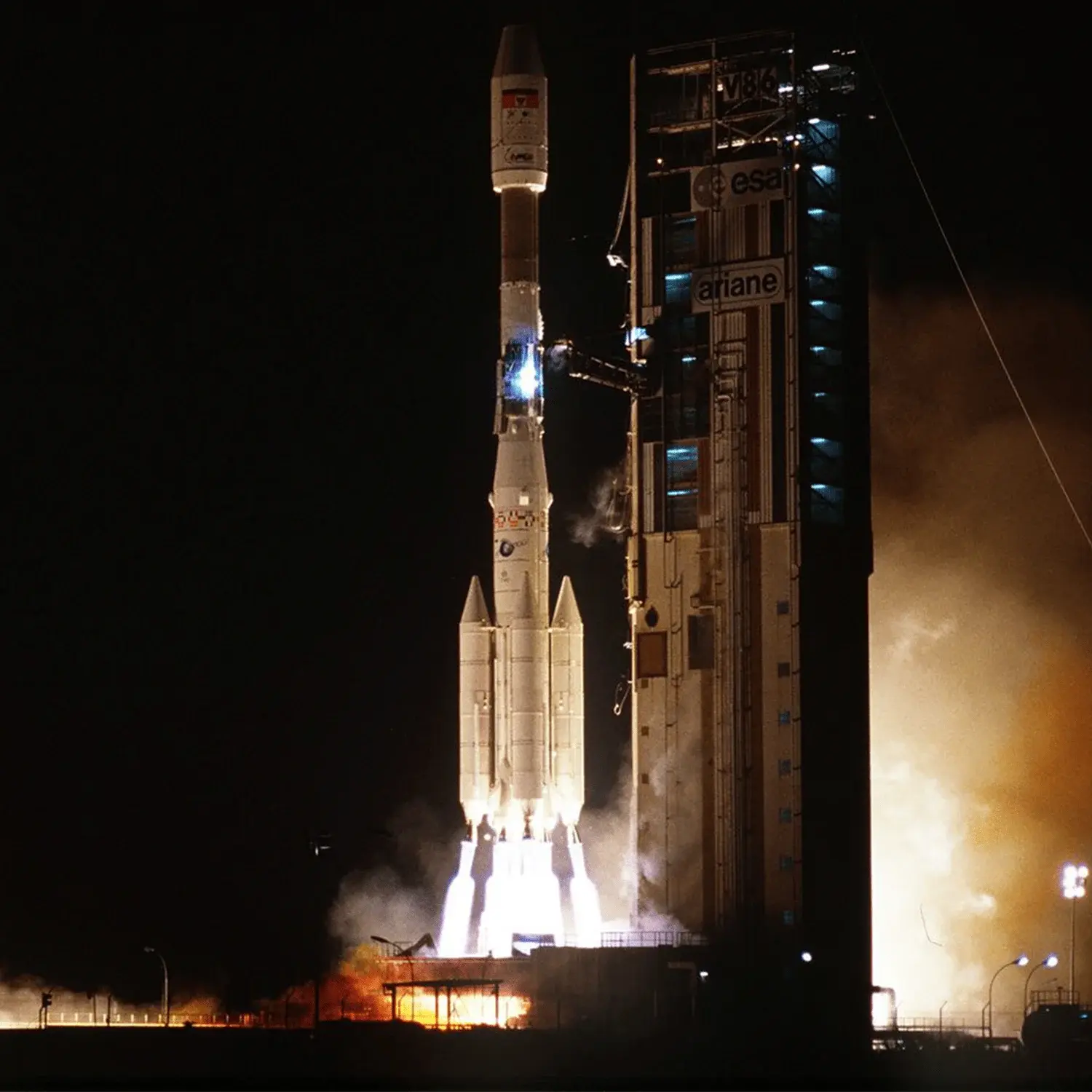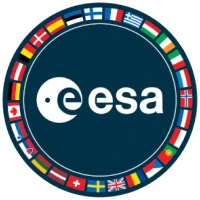Télécom 2B & Inmarsat-2F4
Launch Success
Liftoff Time (GMT)
23:25:00
Wednesday April 15, 1992
Mission Details
Launch Notes
First Ariane 44L with an H10+ stage. Flight V50.
Inmarsat-2F4
Launched in the early 1990s, the four second-generation satellites were built to Inmarsat specification by an international group headed by British Aerospace (now BAE Systems). The three-axis-stabilized Inmarsat-2s were designed for a 10-year life. Inmarsat-2 F1 was launched in 1990 and is now located over the Pacific, providing lease capacity. F2, launched in 1991, is over the western Atlantic, providing leased capacity and backing up Inmarsat I-3 F4. Also orbited in 1991, F3 is stationed over the Pacific Ocean, providing lease capacity and backing up Inmarsat I-3 F3. The fourth Inmarsat-2 was launched in 1992 and is used to provide leased capacity over the Indian Ocean and backing up Inmarsat I-3 F1 and Inmarsat I-3 F3.
Geostationary Transfer Orbit
1 Payload
1,310 kilograms
Télécom 2B
The second generation Telecom spacecraft debuted on 16 December 1991 as Telecom 2A and was followed on 15 April 1992 by Telecom 2B. This new series of more capable spacecraft was designed and manufactured jointly by Matra Marconi and Alcatel Espace and is based on the Matra-British Aerospace Eurostar-2000 2.0 m × 2.1 m × 2.0 m satellite bus. On-orbit mass of Telecom 2 is 1380 kg with a payload mass of 400 kg. The twin solar panels span 22 m and provide an excess of 3.6 kW with 2.5 kW available for the payload. The design life is 10.25 years. The Telecom 2 communications package includes ten 6/4 GHz transponders with four spares for telephone and television relays, six 8/7 GHz transponders with three spares for the military Syracuse II payload, and 11 14/12 GHz transponders with four spares for television, data transmission, and teleconference. When completed the Telecom 2 constellation will be deployed at 8 degrees W, 5 degrees W, and 3 degrees E. At the end of 1994 Telecom 2A and 2B were stationed at 8 degrees W and 5 degrees W, respectively. Telecom 2C was launched in 1995 with Telecom 2D followed in 1996.
Geostationary Transfer Orbit
1 Payload
2,277 kilograms
Rocket


Manufacturer
ESARocket
Diameter: 3.8m
Height: 58.72m
Payload to Orbit
GTO: 4,720 kg
Liftoff Thrust
6,000 Kilonewtons
Stages
3
Strap-ons
4
Launch Site
Stats
Ariane 4
22nd
Mission
2nd
Mission of 1992
European Space Agency
41st
Mission
2nd
Mission of 1992
1992
22nd
Orbital launch attempt